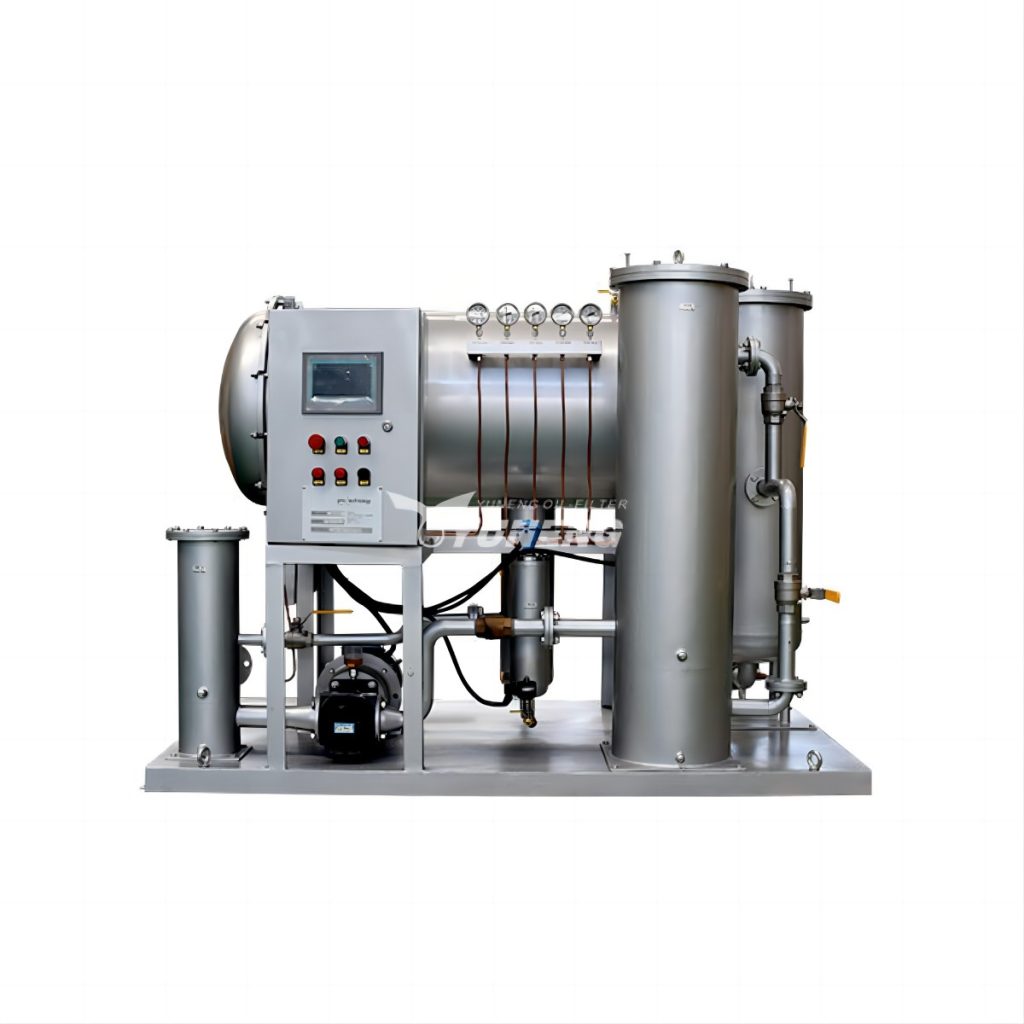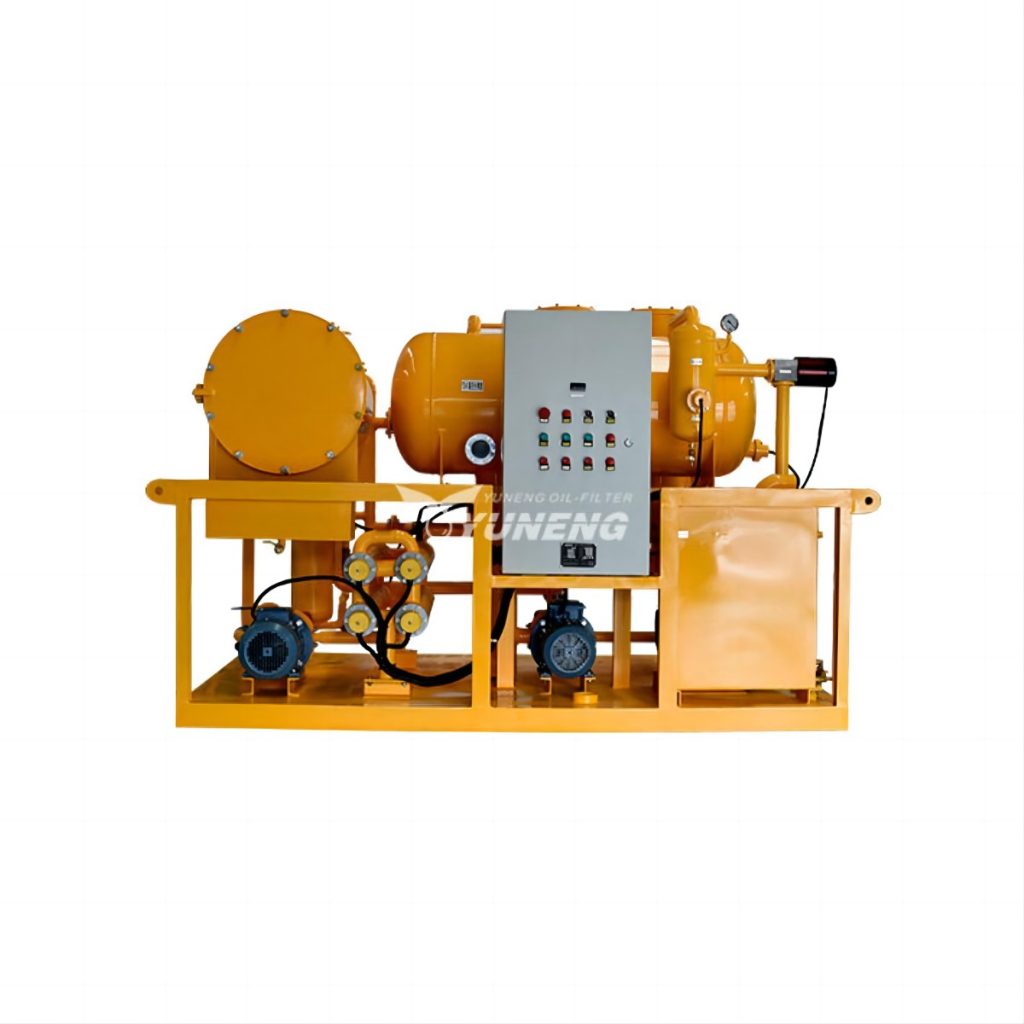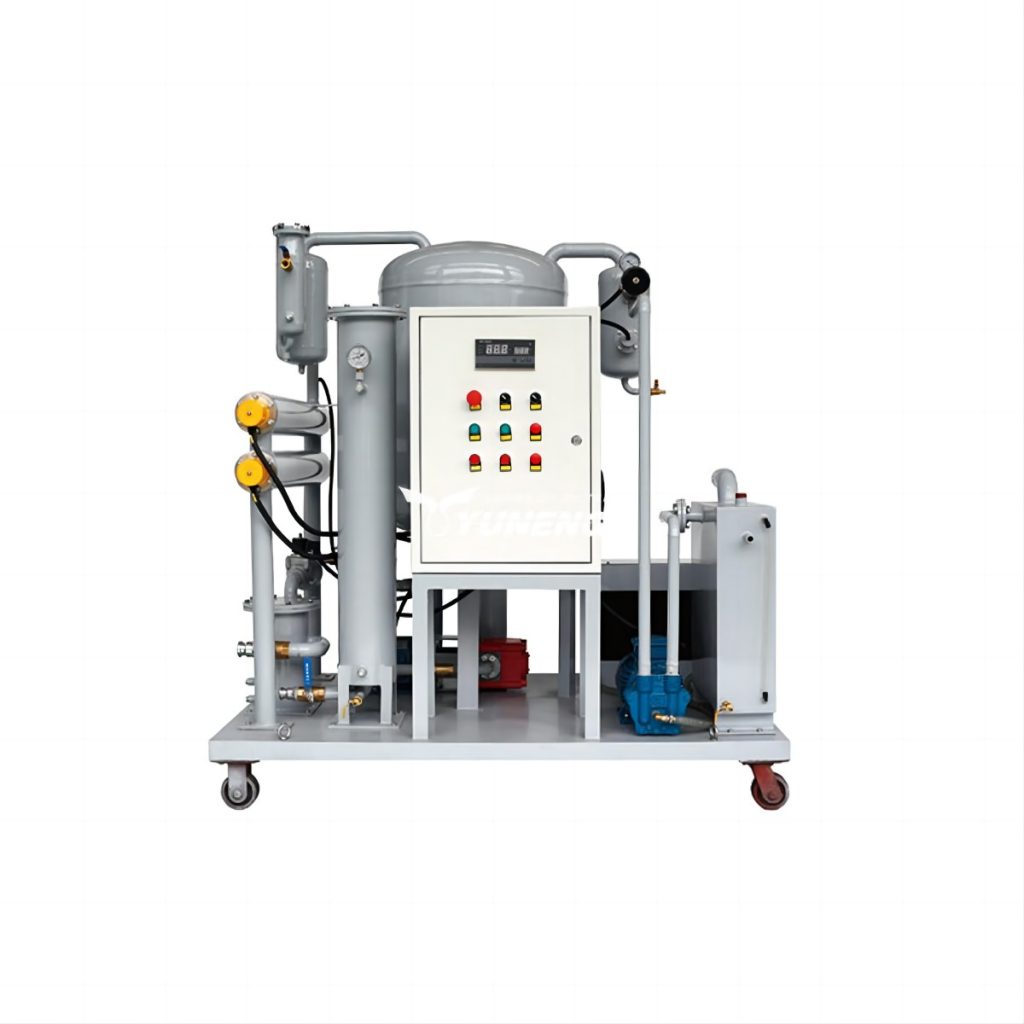Key Guide to Lubricants
This lubricating oil guide will cover the composition of lubricating oil, the key indicators of lubricating oil, the function of lubricating oil, and the precautions when selecting lubricating oil, etc.
Composition of lubricating oil
Lubricating oil is generally composed of base oil and additives. Base oil is the main component of lubricating oil and the “carrier” of lubricating oil additives, which determines the basic properties of lubricating oil. Additives can improve the deficiencies of the base oil properties and give the oil new properties.
Liquid lubricating base oils are divided into mineral oils and synthetic oils. The base oil of mineral lubricating oil is generally selected from petroleum suitable for the performance requirements of lubricating oil and is processed by fractionation, refining, dewaxing, and other processes. According to different properties of crude oil or different processing methods, mineral lubricating base oils can be divided into paraffin base oils, intermediate base oils, and naphthenic base oils. Different viscosity index is divided into low viscosity index base oil, medium viscosity index base oil, high viscosity index base oil, very high viscosity index base oil, and ultra-high viscosity index base oil.
Lubricating oils are made from synthetic raw materials as base oils are called synthetic lubricating oils. Synthetic lubricating oils have better thermal-oxidative stability, low volatility, excellent viscosity-temperature properties, low-temperature fluidity, and other special properties than mineral oils. But the cost of synthetic lubricants is much higher than that of mineral lubricants.
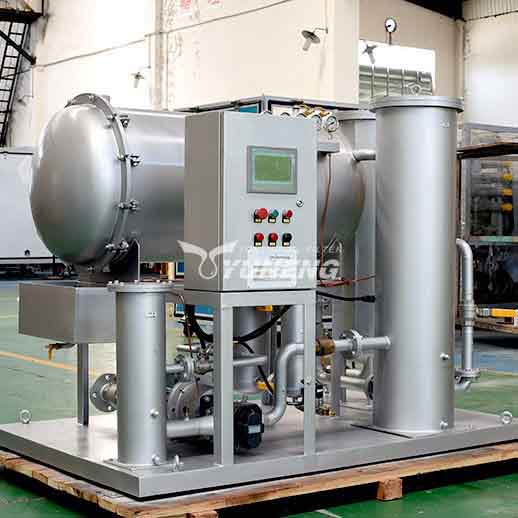
Key Indicators of Lubricants
1. Appearance (chroma)
The color of the oil can reflect its degree of refinement and stability.
2. Density
Density is the simplest and most commonly used physical property index of lubricating oil.
3. Viscosity
Including kinematic viscosity, low-temperature dynamic viscosity, low temperature pumping viscosity, and high-temperature high shear viscosity. Viscosity reflects the internal friction of the oil and is an indicator of the oiliness and fluidity of the oil. The viscosity of internal combustion engine oil should take into account the good high temperature and low-temperature viscosity.
4. Viscosity Index
A high viscosity index indicates a small change in viscosity due to temperature changes.
5. Flash point
It is an indicator used to express the safety and volatility of oil products. When selecting lubricating oil, the user should select it according to the operating temperature and the working conditions of the lubricating oil.
6. Pour point
It refers to the lowest temperature that can flow during cooling under specified conditions. Lubricants with high pour points cannot be used at low temperatures. That is to say, it is not necessary to use lubricants with low pour points in areas with higher temperatures.
7. Moisture
The percentage of water content in lubricating oil, usually by volume. Water will destroy the oil film formed by the lubricating oil, make the lubricating effect worse, rust the equipment, and make the oil easy to produce sediment.
8. Mechanical impurities
Refers to the precipitate or colloidal suspension that is insoluble in solvents such as gasoline, ethanol, and benzene in lubricating oil.
9. Foam properties
This refers to the tendency of oil to generate foam and the stability of the foam. In the actual use of lubricating oil, due to vibration, agitation, etc., air enters the lubricating oil, and even bubbles are formed. Excessive foaming will cause hazards such as oil spillage in the fuel tank and cavitation on the metal surface.
Function of Lubricant
The lubricating oil can reduce friction in the friction parts of the machine, prevent burn marks and reduce wear, so as to reduce the energy consumption of the machine and improve the operating efficiency of the machine.
1. Reduce the coefficient of friction
Adding lubricant between two opposing friction surfaces can form a lubricating oil film, thereby reducing the coefficient of friction and reducing power consumption.
2. Damping effect
When the mixture in the cylinder burns and the load on the piston increases suddenly, the oil layer between the bearing and the journal acts as a buffer. Therefore, the noise and vibration of the engine can be reduced, and the damage to parts can be reduced.
3. Cooling function to dissipate the heat generated by friction
When the machine in operation overcomes the friction, it converts the kinetic energy into heat energy, part of the heat energy diffuses outward through the body, and the other part increases the temperature of the machine continuously. The liquid lubricant can take away the heat generated by friction, thereby cooling and cooling.
4. Prevent corrosion, protect the metal surface and prevent equipment from rusting
5. Washing and decontamination function
The liquid lubricant can take away the abrasive particles between the friction surfaces, remove the carbon particles and wear objects from the moving parts to reduce the wear of the machine.
6. Sealing function to prevent air/oil leakage
The lubricating oil can not only lubricate and reduce friction for the cylinders and pistons of steam engines, compressors, internal combustion engines, etc. but also play a certain role in enhancing sealing so that no air leakage occurs during operation, which greatly improves work efficiency.
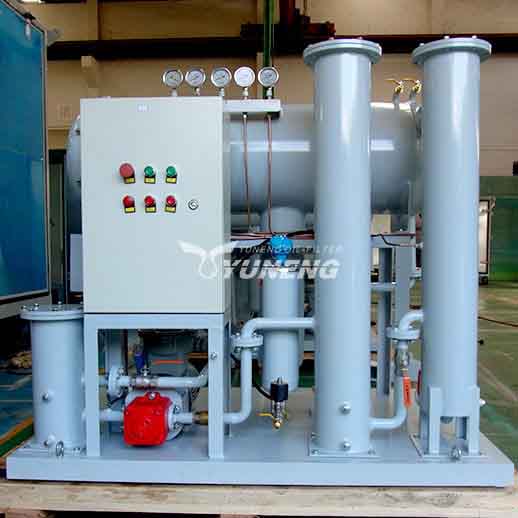
Precautions for using lubricating oil
1. The amount of lubricating oil added is not the more the better. If there is too much lubricating oil, it will increase the rotational resistance of the crankshaft and reduce the output power of the engine.
2. It is not necessary to add additives to the lubricating oil. Lubricants are made up of base oils and additives, and their formulations have been tested and screened in many ways.
3. Pay attention to identifying the pros and cons of lubricating oil. The first is to observe the color and sediment. If the lubricating oil is clear and yellow-brown, it means its quality is good. If the color is cloudy or emulsified, it means that it contains a lot of water. If there is a burning smell, it means that it is prematurely oxidized or mixed with other oils. The second is to drop the lubricating oil on the iron plate or exhaust pipe above 110°C. If there is a popping sound, it means that the lubricating oil contains water. The third is to drop the lubricating oil on the filter paper and use spot chromatography to compare.
4. Select the appropriate viscosity grade according to the location to ensure that it can also play a normal lubrication role in the case of large changes in the working temperature.
5. Select lubricating oil with good anti-rust and anti-oxidation stability to ensure that it is not easy to oxidize and deteriorate under high temperature and high-pressure conditions, and has a long service life.
6. Choose lubricating oil with good anti-foaming properties. The foam produced by the oil is easy to disappears under working conditions.
In general, high-quality lubricating oils should maintain suitable viscosity, wear resistance, corrosion resistance, and oxidation stability.
Due to the important role of lubricating oil, it needs to be filtered and purified in time after its deterioration. The lubricating oil purifier produced by YUNENG can help you solve this problem. Due to its rich R&D and manufacturing experience, YUNENG has become a well-received manufacturer of oil purification equipment at home and abroad. We welcome your inquiry at any time.

